Search

Pre-Plant Disease Management Considerations
If the forecast holds true, it looks like it is going to be another year of excessive soil moisture and possible flooding come this spring. The increased level of soil moisture has implications with regards to plant stand establishment as well as root rot and nematode infestations.
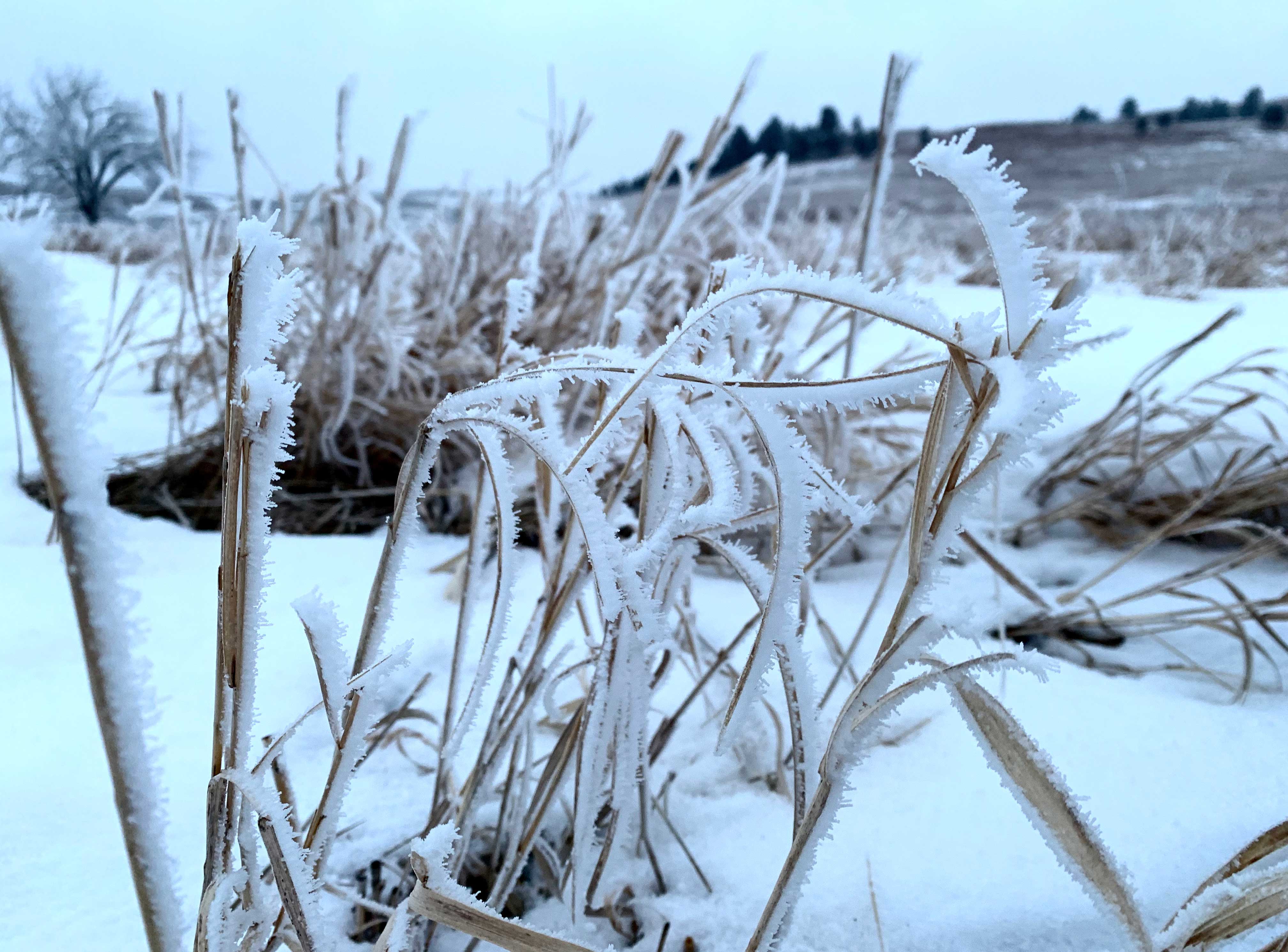
SWOT Analysis for Your Ranch (And Don’t Forget About Yourself)
Completing a SWOT (Strengths, Weaknesses, Opportunities, Threats) analysis allows you to evaluate your operation's current position and decide on management strategies to achieve your goals for the next year. Learn how to get started today!
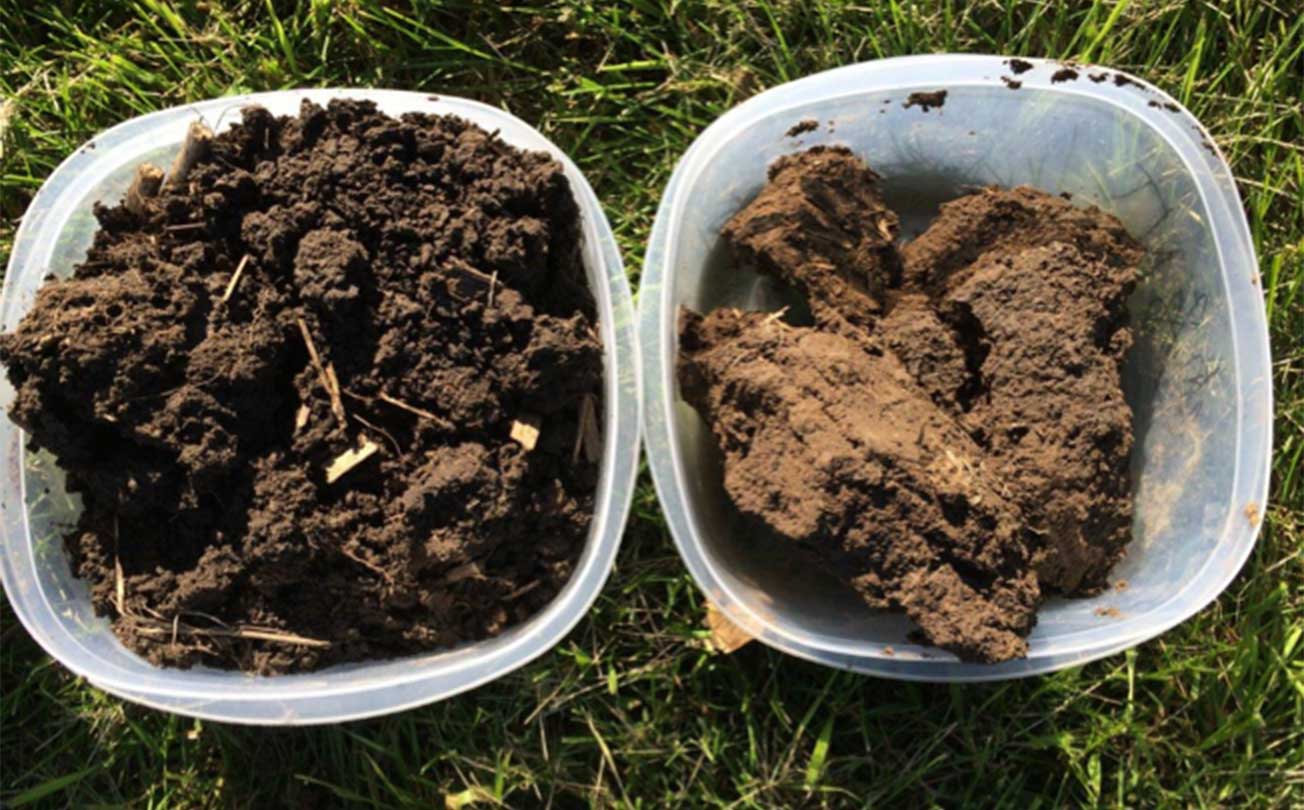
Organic Agronomy Starting to Impact
For decades scientists have known that a handful of soil contained more micro-biological organisms than the number of humans on earth. Science is just beginning to discover these organisms and learn about their functions and contribution to their soil ecosystem.
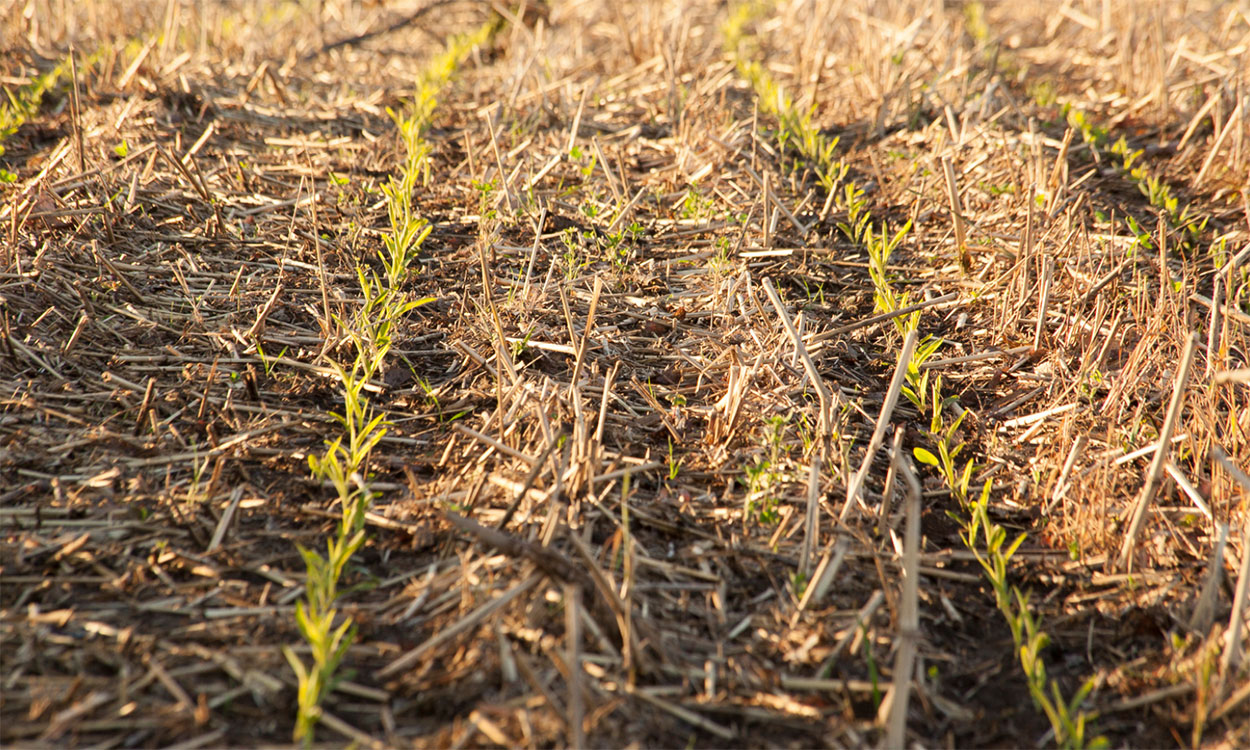
Estimating Corn Emergence With Growing Degree Days: Data from May 7, 2021
With corn planting well underway in South Dakota, the next step is monitoring its emergence. One of the factors that can speed up or delay corn emergence is air temperature.

SDSU Extension to Host Summer Farm Stress Series
May 24, 2021
South Dakota State University Extension is launching additional virtual farm stress workshops to promote mental health awareness from May throughout the summer.
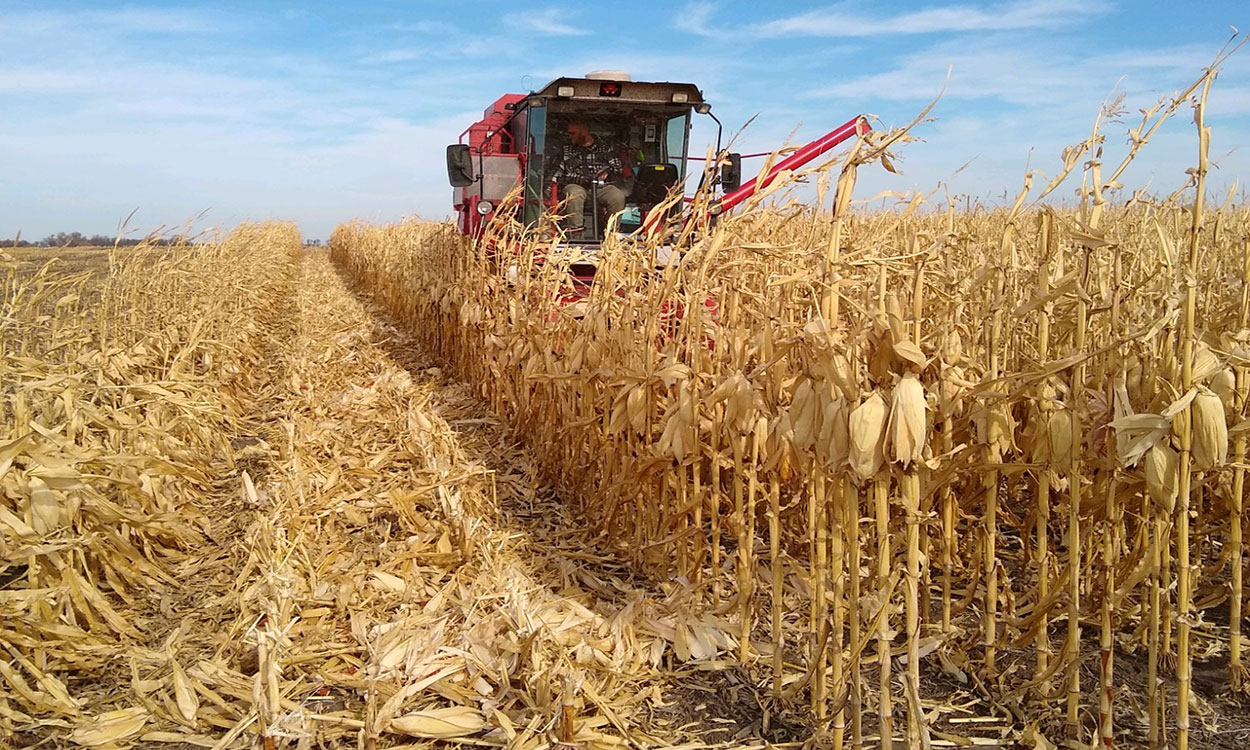
Using Data for Better Seed Selection
As harvest wraps up across the region, winter preparation and planning for next year begins. Yield trial results are a key component when making sound seed selection decisions.
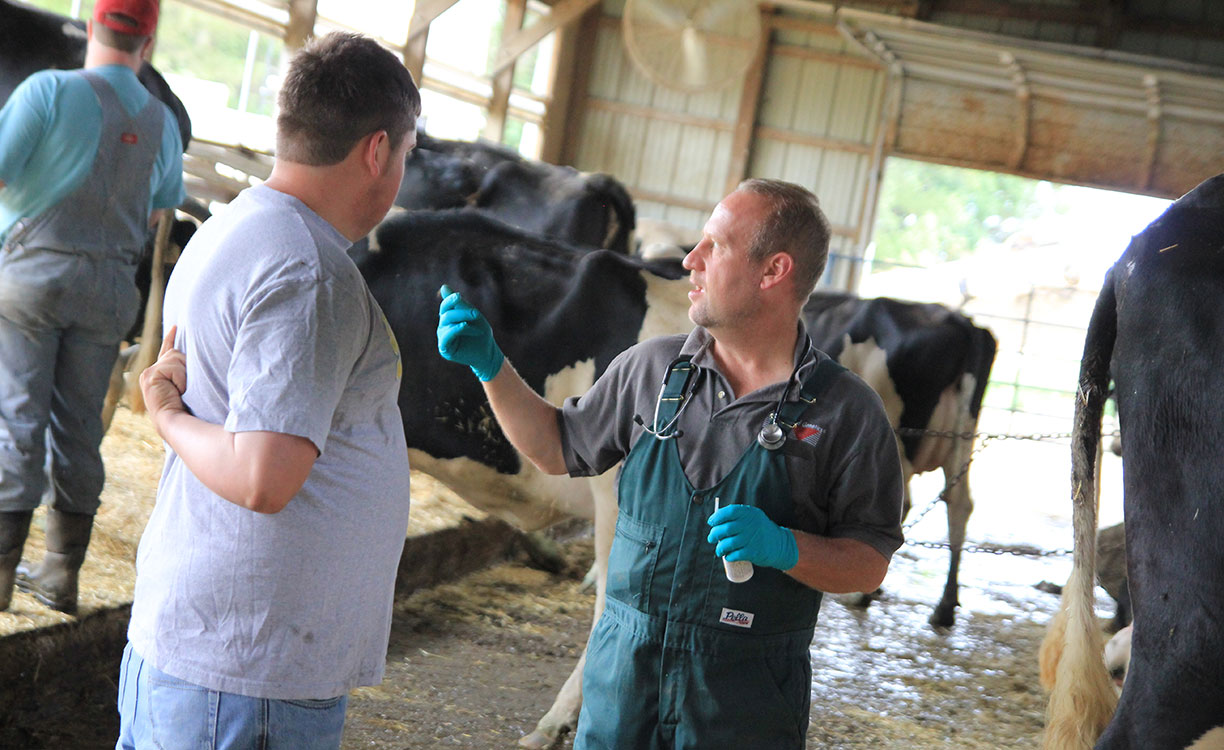
Coaching vs. Evaluations To Improve Ag Employee Performance
One of the most difficult things farm managers have to master is coaching employees. Using appropriate coaching methods with employees will help you as a manager to achieve the desired employee performance you are looking for in your operation.

Discussing Food and Agriculture in South Dakota: A Guide for Community Leaders
Food production and farming are issues that operate at the complex pivot point of where ecology and nature meet the marketplace and political systems. The way agriculturalists and communities handle their resources, both individually, and collectively, depends on their collective vision for the future.

Managing Production Costs To Boost Soybean Profitability
Soybeans are one of the major crops in South Dakota in terms of both acres planted and sales values. To determine the potential to increase net profit from soybean production, individual producers are encouraged to compare their own yields and input costs with benchmark levels.

Fall Grain Storage Tips
As the temperature drops, don’t forget to check on your stored grain. Although most of the South Dakota grain harvest was sufficiently dry this year, we still need to watch grain storage temperatures and conditions.